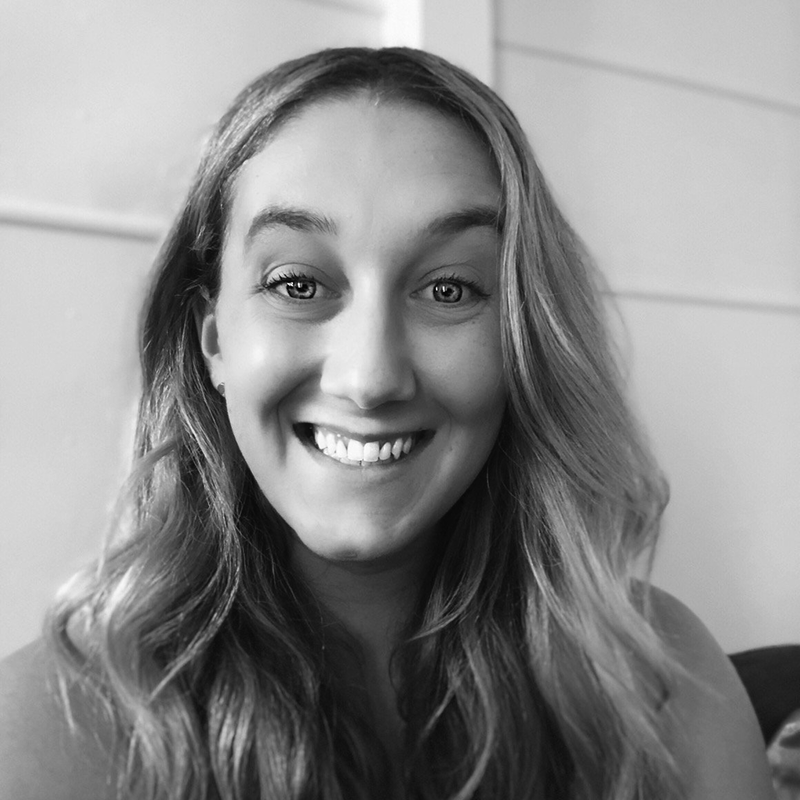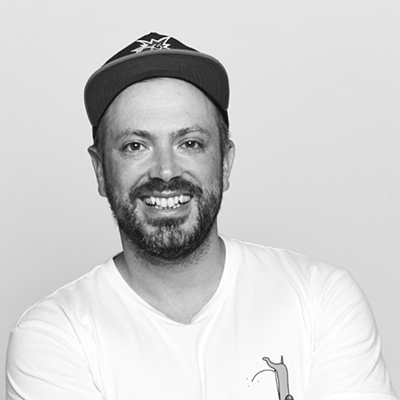The AI hype can feel overwhelming, but panic isn’t the answer — curiosity is. This piece unpacks how the creative industry can work well with AI without losing its human spark. Learn why the real value lies in outcomes, not outputs, which parts of your workflow to automate, and why your uniquely human ideas still matter more than ever. Insightful advice for anyone who wants to stay creative (and sane) in an AI-enhanced world.
Talking about AI in creative circles feels a bit like gossiping about a new housemate — brilliant at some things, completely useless at others, and every now and then it rearranges the furniture when you’re not looking. We all know it’s here. It’s not going anywhere. And if you’re still crossing your fingers that it might just quietly go away… well, you might want to uncross those fingers.
This question was answered by Simon Lee — Chief Creative Officer and joint owner of The Hallway, one of Australia’s leading independent agencies, and Andy Wright — Host, Founder of Never Not Creative, and CEO of Streamtime, who’s been championing better ways to do creative work for years.
Simon doesn’t sugarcoat it: “The reality is it's here, it's here to stay, it's getting better and better and there are a whole load of wonderful things that it can do.” Resisting it is like trying to hold back the tide with a bucket — exhausting and, ultimately, futile.
The trick? Stay curious. “I use ChatGPT as part of my sort of creative process now and again, we're using Midjourney to be creating visuals... so we're very much adopting it and learning and learning to use it.”
Think of AI as your new tool kit, not your replacement. Explore what it can do. Experiment. Learn where it works — and where it really, really doesn’t.
This is the bit that matters most: “My advice is be as uniquely human as you can possibly be. The AI is never going to be you.”
AI can write decent copy. It can spit out moodboards faster than you can make a cup of tea. But it can’t connect to culture, understand subtlety, or feel the human insight that makes an idea actually stick. That’s you.
So if you’re worried about staying relevant, Simon’s advice is simple: double down on the bits that make you irreplaceable — your taste, your weird references, your empathy, your spark.
One of Simon’s best reminders: “If there are things that can be done by AI and you're happy with what that looks like then there's not that much value in it now these days, right? Like if AI has been able to do it then the value's kind of been stripped out of it.”
So if you’re just selling outputs that AI can knock out overnight, it’s time to rethink. The real value is in outcomes — solving business problems, changing minds, creating stories that stick. AI is your assistant here, not your replacement.
Let’s be honest: some parts of creative work are about as fun as ironing socks. “What are the tasks you can do that everyone else can do — the fair dinkum actually from a creative point of view not very creative things — automate those,”Simon says.
Use AI for:
If AI can help you get through the tedious stuff faster, you free up your brain for the good bits — the bits that keep you excited about coming to work.
No matter how slick AI tools get, they’re still not coming up with the big idea that shifts culture or solves a tricky brief overnight. “It's the idea, the idea, the idea, the idea, the idea...” Simon repeats. AI can help you shape and execute. But the spark? That’s still on you.
So invest your energy in developing your taste, your point of view, your ability to connect with humans. That’s your edge. It always has been.
If you’re feeling rattled, remember this: every new tool made creatives sweat a bit at first — the printing press, Photoshop, stock imagery, Canva. We’re still here, and good creative thinking still wins.
So don’t treat AI like your nemesis. Treat it like the new intern who’s brilliant at spreadsheets but can’t run a brainstorm. Help it help you, then get back to what humans do best — ideas that make people feel something.

CCO & co-owner of The Hallway, creating ideas with real-world impact. Led the Boys Do Cry campaign, reaching 100M+ and inspiring men to seek mental health support. Mentor, speaker & dad of two.

A mental health educator and counselor, combining years in the creative industry with nearly five years in therapy, now runs The Hey Mate Project to provide tailored support for creative professionals and organisations.

Founder of Never Not Creative, CEO of Streamtime & co-chair of Mentally Healthy, driven to make the creative industry fairer & more human. Believes great work should never cost wellbeing.



